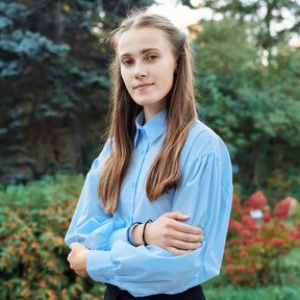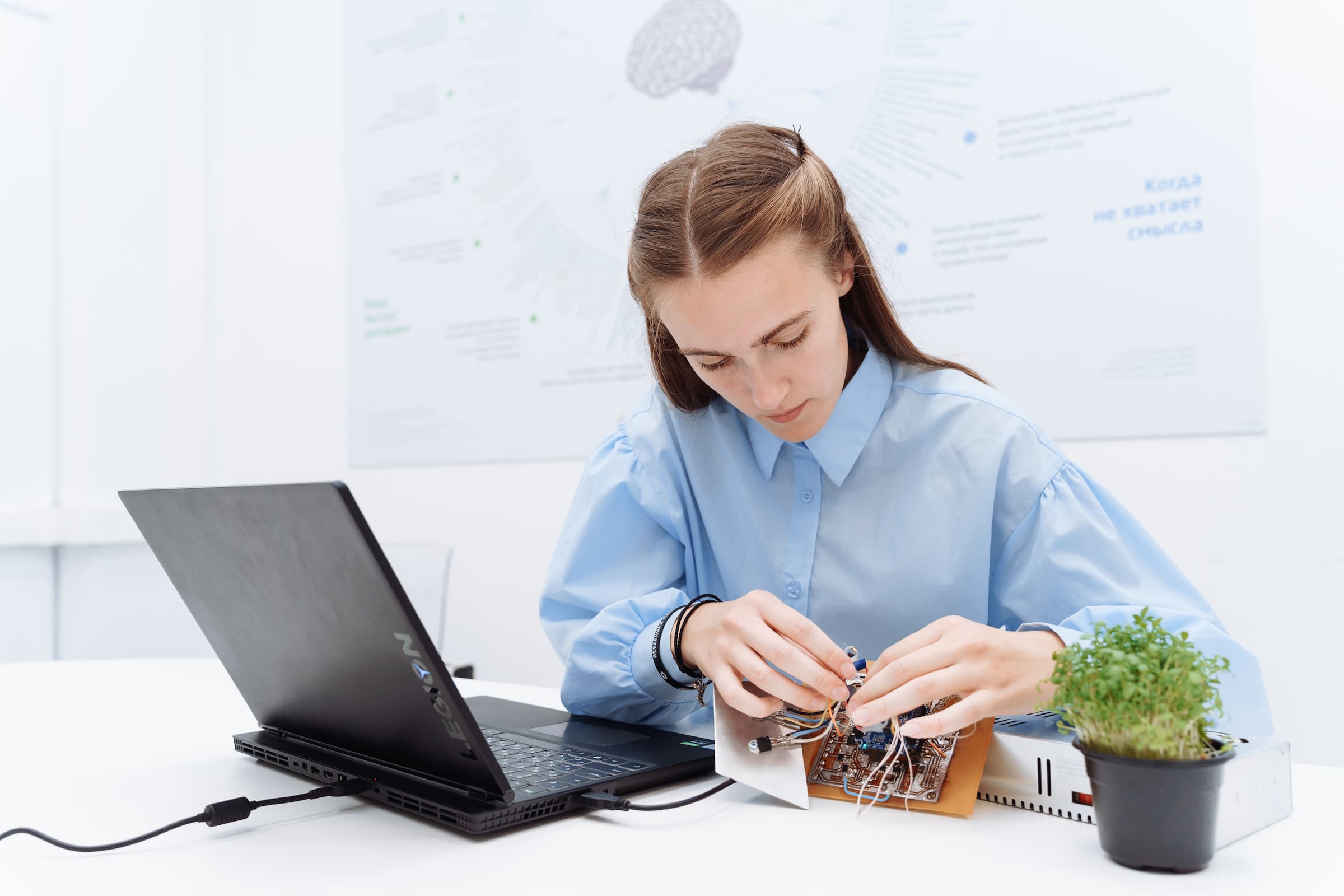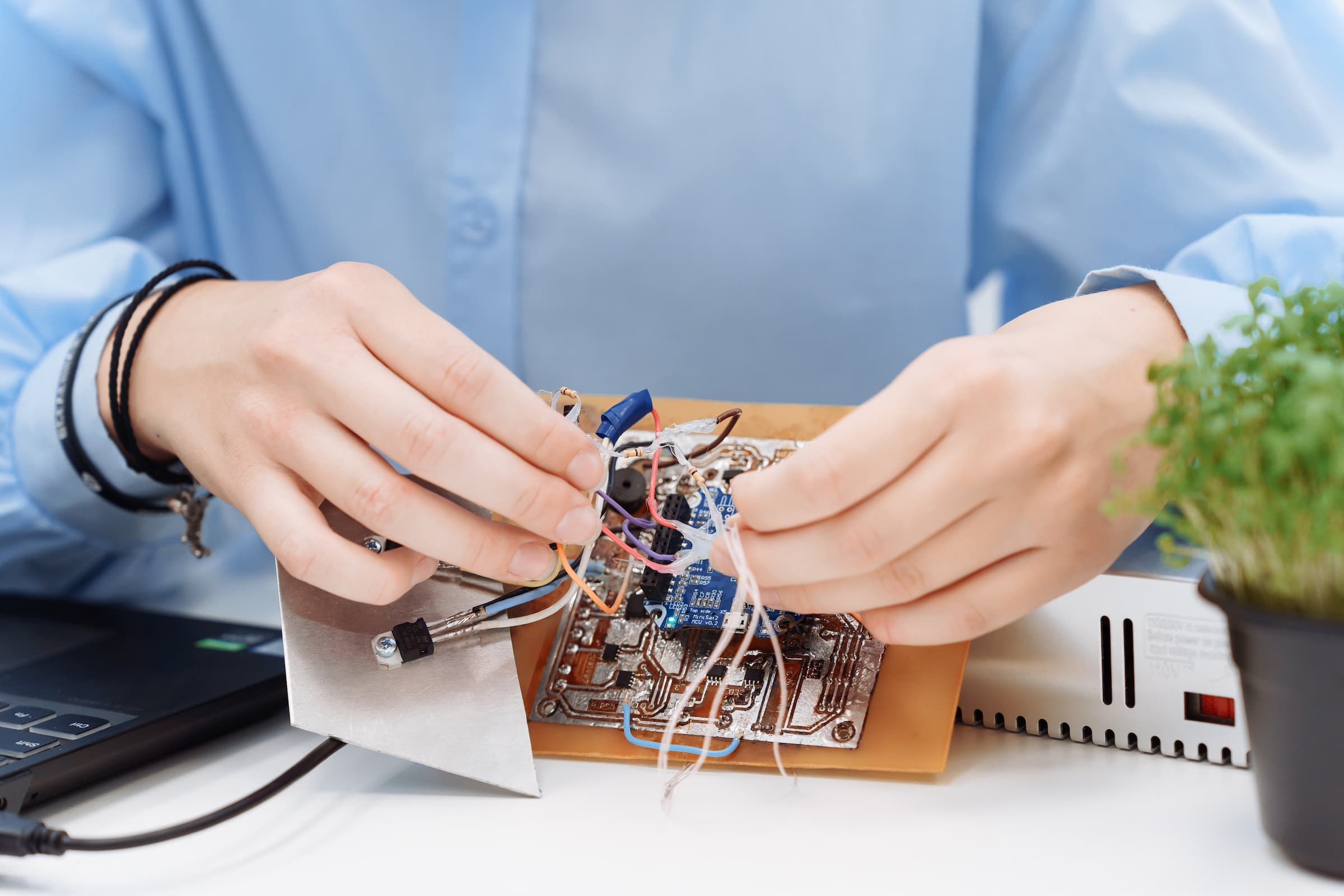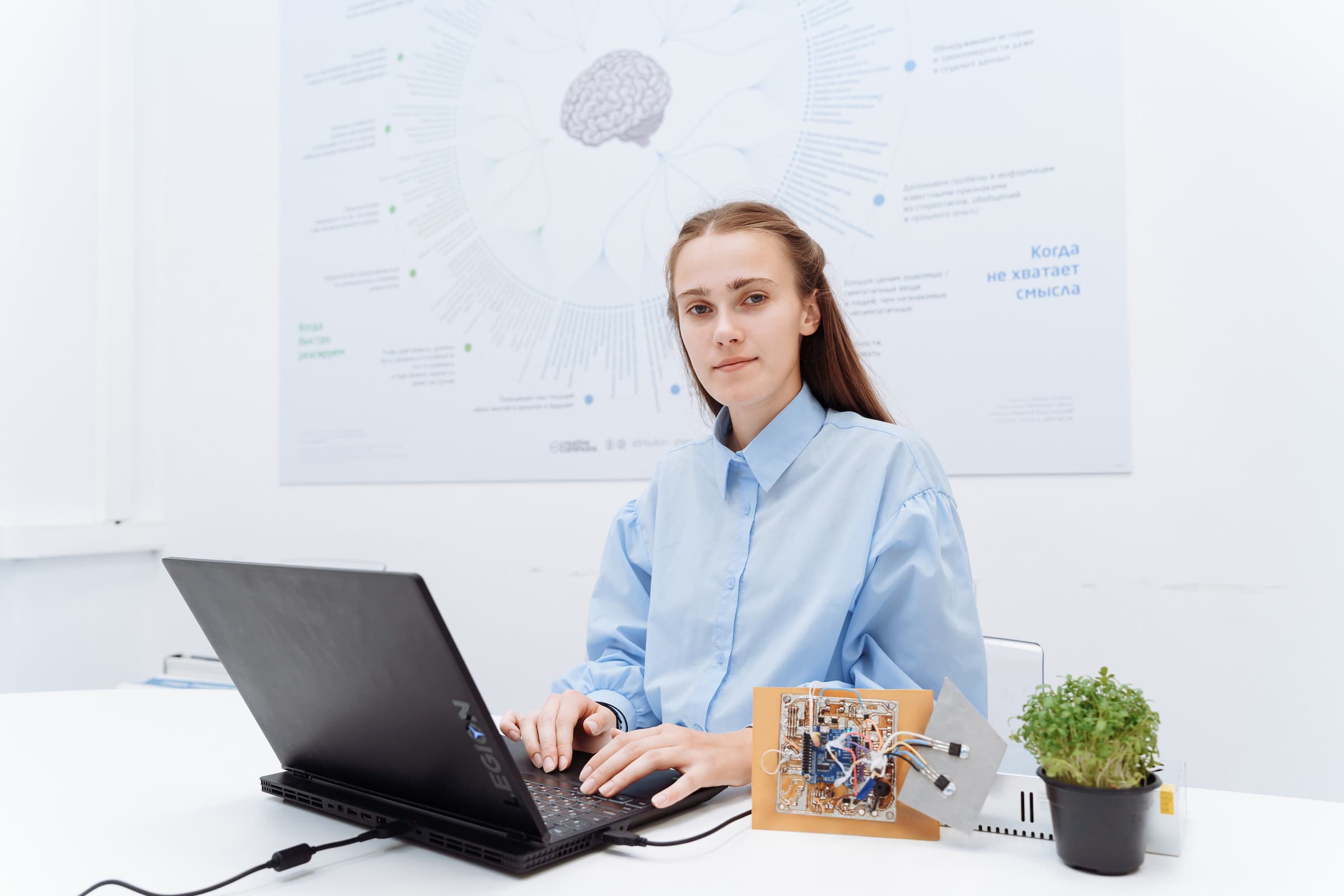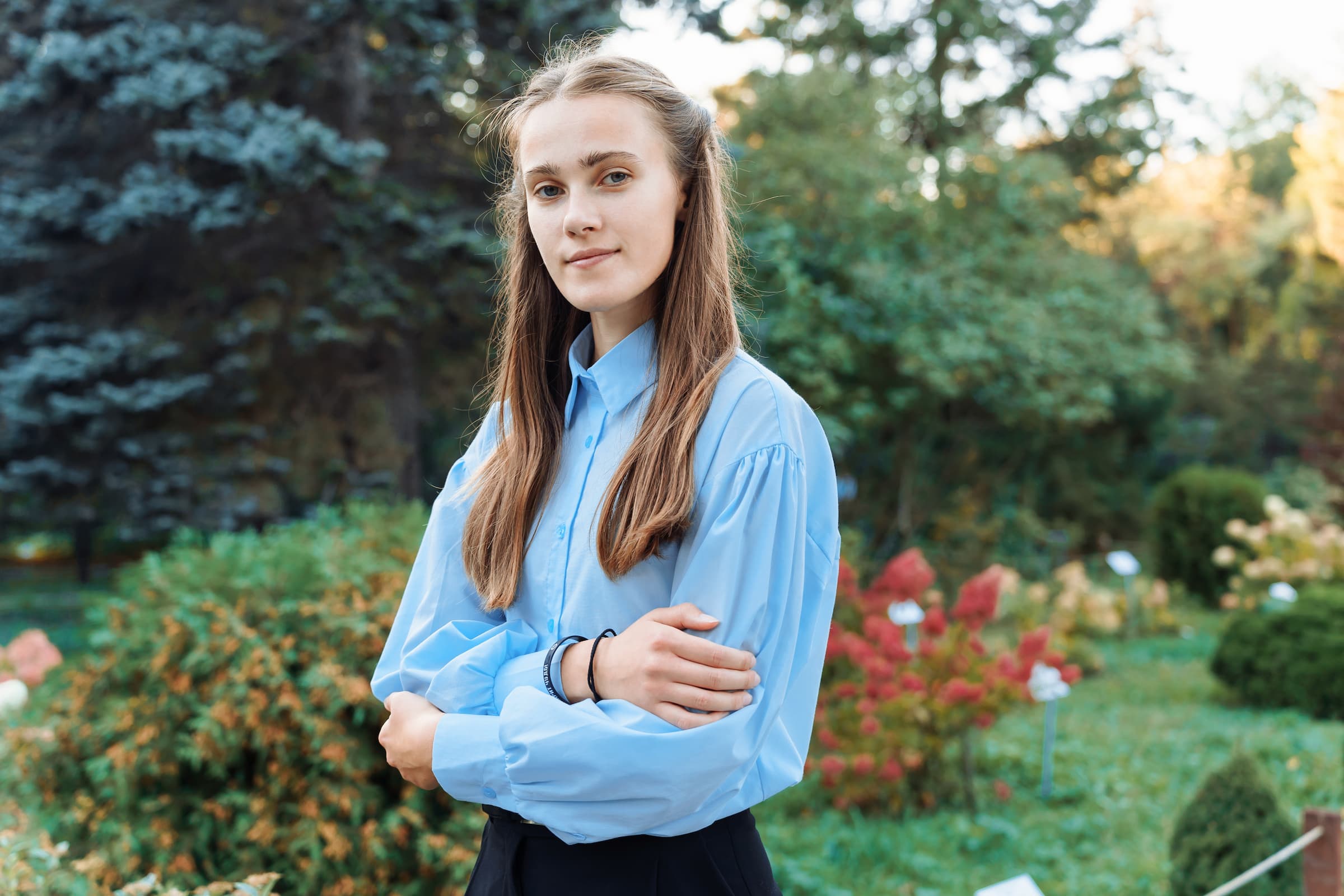Students of Samara National Research University have developed a prototype of a fully automatic compact greenhouse for growing vegetables and greenery at home. Unlike many existing smart greenhouses, the Samara development is distinguished by increased autonomy: it will be able to independently take care of the plants entrusted there to for a whole month without human supervision, and will not require the user to have special agronomic knowledge and skills – you just need to select the type of plant that you are going to grow, and the electronics will select the most suitable growth program for it, that had been previously entered into the greenhouse database.
This project became one of the winners of the "Student Startup" competition of the federal project "Platform of University Technological Entrepreneurship" and received financial support from the Foundation for Assistance to Innovations in the form of a grant of 1 million rubles for a period of one year.
"There are various types of greenhouse automation systems on the market, but their main drawback is that they either require good knowledge of electronics and programming for installation and configuration, or they optimize the operation of only a small part of the greenhouse's functionality – for example, thermal actuators for automatic ventilation of the greenhouse or various sensors, drip irrigation systems. There are also ready-made automation systems on the market, already configured and built into greenhouses. However, they are commonly expensive and should be installed in large greenhouses that cannot be placed in an apartment. Our development is a comprehensive solution for home use, it will provide all the automatic systems necessary for growing plants, and nothing needs to be additionally configured", said the author of the project, Polina Yakovleva, a student at the Institute of Aerospace Engineering of Samara University.
The dimensions of the Samara greenhouse are 0.5x1x1 m. Among its competitive advantages is the internal lighting system: it completely imitates the solar day cycle, automatically increasing and decreasing illumination depending on the time of day and the type of plant being grown. There are also ventilation, automatic watering and fertilizer supply systems, and as well as the required temperature maintaining.
"Among the advantages of our development is the fact that thanks to pre-compiled algorithms, the user does not need to independently select the required length of daylight for plants, determine the required frequency of watering and the temperature inside the greenhouse. You just need to tell the electronics which plant or types of plants will be grown. The electronic control unit will select the necessary program and monitor its implementation. From the time the seeds or seedlings are planted, the greenhouse starts autonomous operation. The only thing a person will need to do is periodically add water and fertilizer to the appropriate reservoirs of the automatic watering system. Of course, the frequency of replenishing water and fertilizer reserves will depend on the type of plant being grown and the program selected", noted Polina Yakovleva.
According to her, in this greenhouse it will be possible to grow any greenery, legumes, vegetables and berries – a variety of plants that do not require pollination or are self-pollinating and the height of which under normal conditions does not exceed 50–60 centimeters.
"The benefit of such a home greenhouse, first of all, is the availability of fresh greens and vegetables at any time of the year. Growing products yourself, you will know for sure that they do not contain any harmful substances and they will not harm you and your family, but will only bring benefits. The greenhouse simplifies this task. Furthermore, it is not always possible to buy fresh greens in the store, most often they are either sold not fresh enough, or spoil literally in a couple of days in the refrigerator, and some types are almost impossible to find at all. Of course, you can grow something on the balcony or windowsill, but not all year round, in addition the weather conditions and the location of the apartment windows cannot always give the plants enough light and warmth", Polina Yakovleva emphasized.
In addition, such a greenhouse can be used as a caring system for indoor flowers: it can be used to create conditions for overwintering of, for example, exotic tropical plants – like in a greenhouse, or to restore the health of light-loving flowers that have not had enough sunlight for a long time. According to the developers, in the future, it will be possible to produce individual parts of the automation system, for example, only an automatic watering system – it will be useful for indoor flowers during your vacation or business trip. The development also has scientific potential: botanists and agronomists can use this greenhouse to conduct research on the effects of various climatic conditions on plants or study the conditions for growing new varieties of agricultural crops.
The electronic "brain" of the greenhouse is a special control system board developed by students. An on-board computer based on the STM32 microcontroller from the MiniSat educational and training kit, created in the Space Gradient Club of Youth Aerospace Instrumentation for independent assembly by students of ultra-miniature spacecraft – picosatellites, was chosen as a control element. A special program was also written that analyzes data from sensors and regulates the operation of all greenhouse systems according to certain algorithms. In the future, it is planned to develop a new version of the control system board with expanded functionality and Wi-Fi support, thanks to which the user will be able to monitor the operation of the greenhouse from anywhere in the world via the Internet.
"Currently, a sample greenhouse has been manufactured for experimental testing of the performance of the algorithms, but it is still a long way from a finished product. The first tests are underway now, then, having analyzed the results, we will make changes and improvements to both the design and the electronics of the greenhouse", concluded Polina Yakovleva.
Alexey Kumarin, head of the Space Gradient Club of Youth Aerospace Instrumentation of Samara National Research University:
"At the initial stage, the greenhouse project was implemented on the basis of the Space Gradient student club. Our club actively supports student initiatives, even if they do not quite correspond to our main topic. The project of Polina Yakovleva, a regular member of our club, seemed interesting and promising to us. We are glad that with our help she was able to attract additional funding in the form of a grant and will now be able to implement the project at a new level. We will continue to support this project to the best of our ability, especially with advice on electronics – our core competence. Who knows, maybe the results obtained will be developed in our field – in the form of a space greenhouse for promising space stations or a lunar colony. The basis of the technology and the necessary competencies are similar, and the project will allow them to be developed."
Photo: Olesya Orina
 RU
RU  EN
EN  CN
CN  ES
ES 